Building The Ideal Half Set: Which Golf Clubs Make The Cut?
Fergus Bisset selects the clubs he would put in a lightweight bag if heading out with a half set. See if you agree with his selections or think he’s missing a trick or two...


On a summer’s evening or a crisp winter’s day, it’s a great feeling to stroll out on to the golf course with a half set of clubs in a pencil, carry bag. It gives you the freedom to walk in a straight line to your ball wherever it is. You feel light as a feather as you skip across the fairways and breeze around the course in under three hours.
Taking a half set is also a great practice exercise. You might not have the exact club for a particular yardage, so you are forced to be a little creative. To take more club and shape a shot, or to knock one down a little. If you play regularly with a half set, you’ll find you become far more confident and comfortable with manipulating half or three-quarter shots when the occasion demands it in more competitive play. Playing with a half set, you’ll be surprised at how little your average score differs to when you have the full arsenal at your disposal.
When it comes to organising the perfect half set, there’s no exact right or wrong way and it will depend on the course and conditions you are playing. If you’re playing a shortened winter course, you might not need to take driver. If you’re playing on a windy day on the links, you might limit the lofted clubs you put in the bag.
It's also, as with so many things in golf, a personal choice and you may well have trusted clubs in your 14-club set-up that simply have to go into a half set. I certainly do. A half-set doesn’t necessarily need to be seven clubs (for those not so good at maths, that’s half of 14), a couple of clubs more or a couple fewer still works. But, for the purposes of this article, I’m going with my ideal seven! If I’m building the ideal half set, for average conditions, at my home course, these are the clubs that make the cut.
Putter
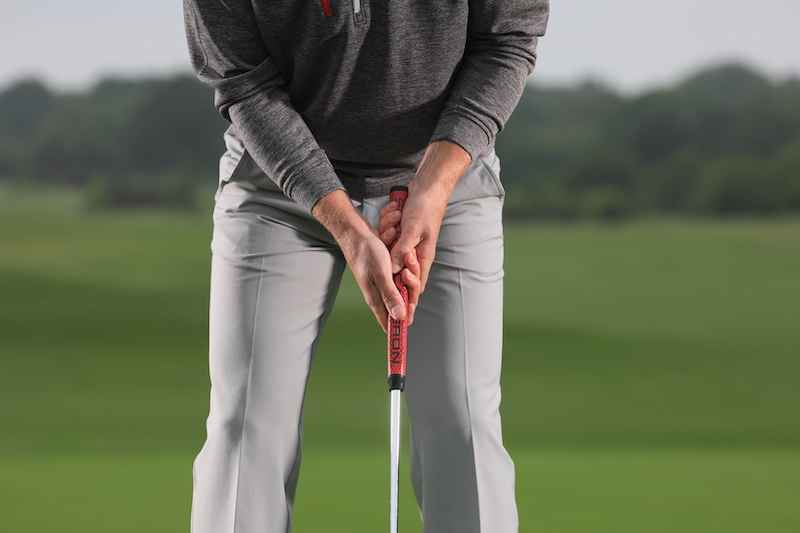
Golf is hard without a putter
Let’s start with the most obvious. There’s no way I’m going out to play any type of sensible golf without a putter. It’s my go-to short game club, even when just off the green. If you want to put a score of any sort together, you’re going to need your putter in the bag.
Driver

You have to take driver!
I get a great deal of pleasure from hitting a good, straight drive. I wouldn’t deny myself that pleasure by leaving the driver out of the half set. If you’re playing a course with longer par-4s and par-5s, you’ve got to give yourself the chance to get down there and approach with a shorter club. If there’s a driveable par-4 on any layout, I want to be able to have a go at it!
2-iron
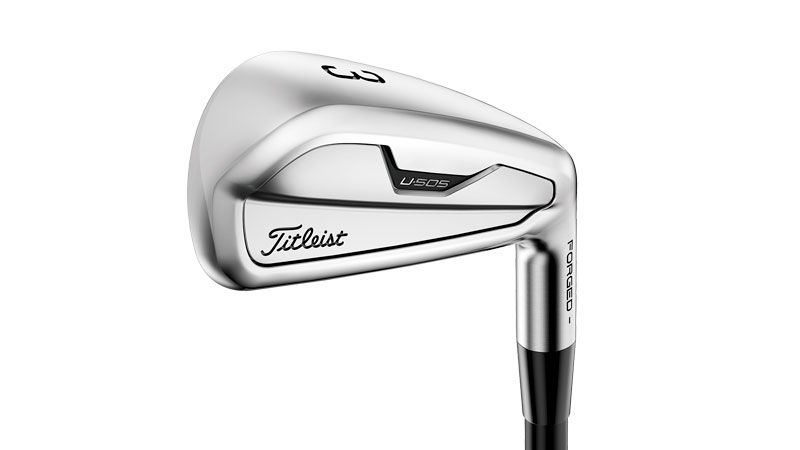
This is a 3... Mine's a 2!
I wouldn’t bother with my 3-wood. I have a Titleist U505 2-iron which is my go-to fairway finder on tighter par-4s. It’s a pretty forgiving weapon, more like a hybrid than a 2-iron of old, and it can also generate pretty decent distance. That means, on shorter to mid-length par-5s, after a reasonable drive, I might well still be able to reach in two. It’s a versatile club and I can shape it (when playing ok).
Get the Golf Monthly Newsletter
Subscribe to the Golf Monthly newsletter to stay up to date with all the latest tour news, equipment news, reviews, head-to-heads and buyer’s guides from our team of experienced experts.
5-iron, 7-iron and 9-iron

Fergus' half set.
It could be those, or it could be 4-iron, 6-iron, 8-iron. I don’t know why, I just prefer the look of 5, 7 and 9… There’s more of a gap at the top end of the bag, but I find a well struck 5-iron can often go a surprising distance. I also rely quite heavily on my 7-iron for chip-and-run shots around the green and I wouldn’t like to be without it… That is reason enough for me to select odds rather than evens when it comes to the irons.
54-degree wedge

You have to take some loft!
I think that’s the right loft of wedge to give you the maximum number of options for short shots and escape missions. You can open the face up on a 54 if you need to extricate yourself from a deep bunker or clear a tall tree. But you can also play it back in the stance for a chip shot, or hood the face to play a lower, more penetrating pitch. Some might prefer to manipulate a slightly more lofted club, others might choose a wedge with a couple of degrees less loft. I have chosen 54 and that is that!

Fergus is Golf Monthly's resident expert on the history of the game and has written extensively on that subject. He has also worked with Golf Monthly to produce a podcast series. Called 18 Majors: The Golf History Show it offers new and in-depth perspectives on some of the most important moments in golf's long history. You can find all the details about it here.
He is a golf obsessive and 1-handicapper. Growing up in the North East of Scotland, golf runs through his veins and his passion for the sport was bolstered during his time at St Andrews university studying history. He went on to earn a post graduate diploma from the London School of Journalism. Fergus has worked for Golf Monthly since 2004 and has written two books on the game; "Great Golf Debates" together with Jezz Ellwood of Golf Monthly and the history section of "The Ultimate Golf Book" together with Neil Tappin , also of Golf Monthly.
Fergus once shanked a ball from just over Granny Clark's Wynd on the 18th of the Old Course that struck the St Andrews Golf Club and rebounded into the Valley of Sin, from where he saved par. Who says there's no golfing god?
-
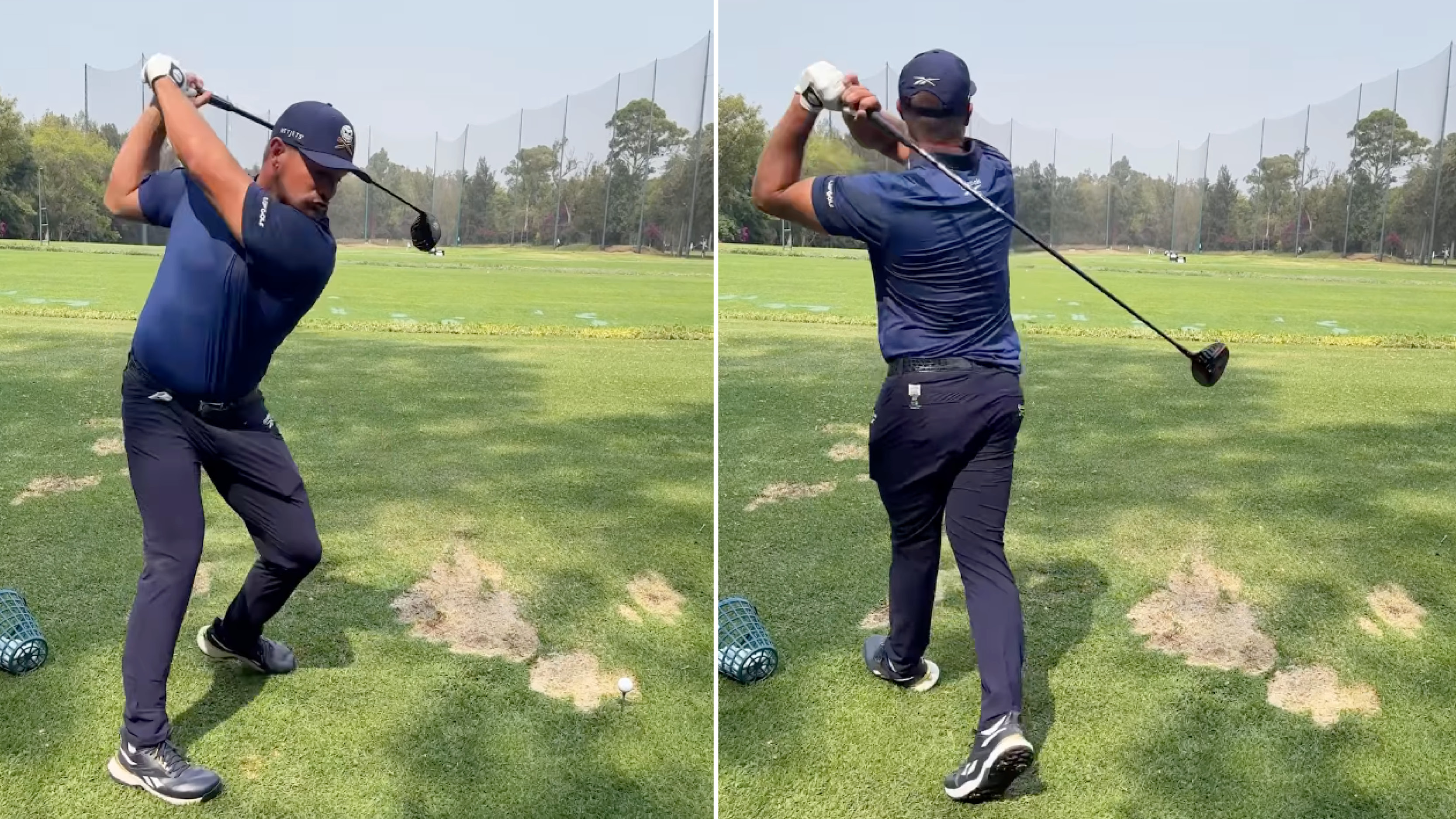 Watch Bryson DeChambeau Smash 400+ Yard Monster Drive In LIV Golf Mexico Practice
Watch Bryson DeChambeau Smash 400+ Yard Monster Drive In LIV Golf Mexico PracticeDeChambeau is hitting mega drives this week in the 7,800ft altitude setting of Golf Club de Chapultepec in Mexico City
By Elliott Heath
-
 Tiger Woods Heads 8 Golfers To Make All Time Rich List Of Top 50 Highest Paid Athletes
Tiger Woods Heads 8 Golfers To Make All Time Rich List Of Top 50 Highest Paid AthletesTiger Woods is the second highest paid athlete of all time behind only Michael Jordan in a new top 50 rich list from Sportico
By Paul Higham
-
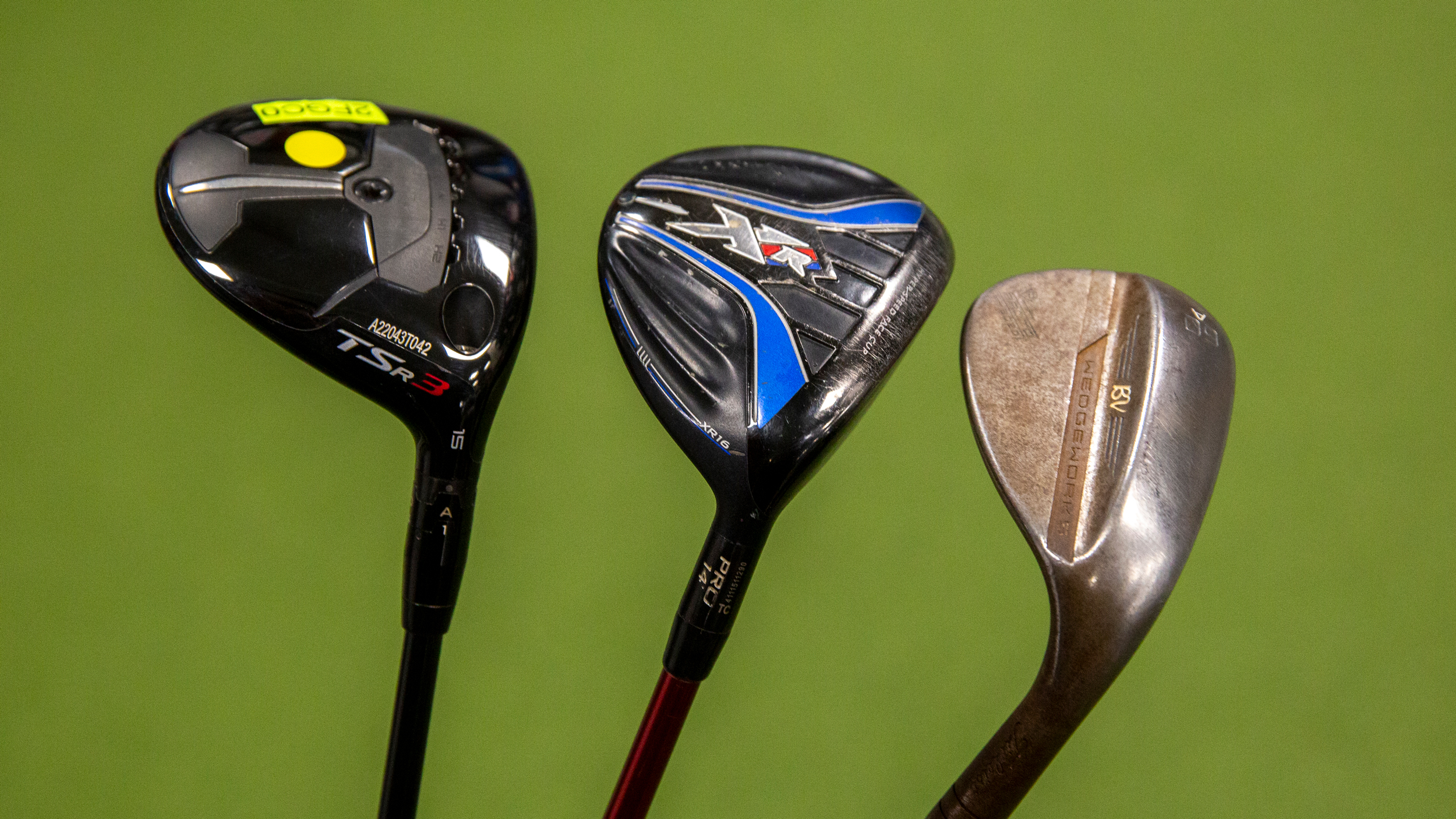 What Are The Rarest Second Hand Golf Clubs?
What Are The Rarest Second Hand Golf Clubs?We speak to Europe’s largest retailer of second hand golf clubs, and discover this marketplace can be a treasure trove for hidden gems
By Michael Weston
-
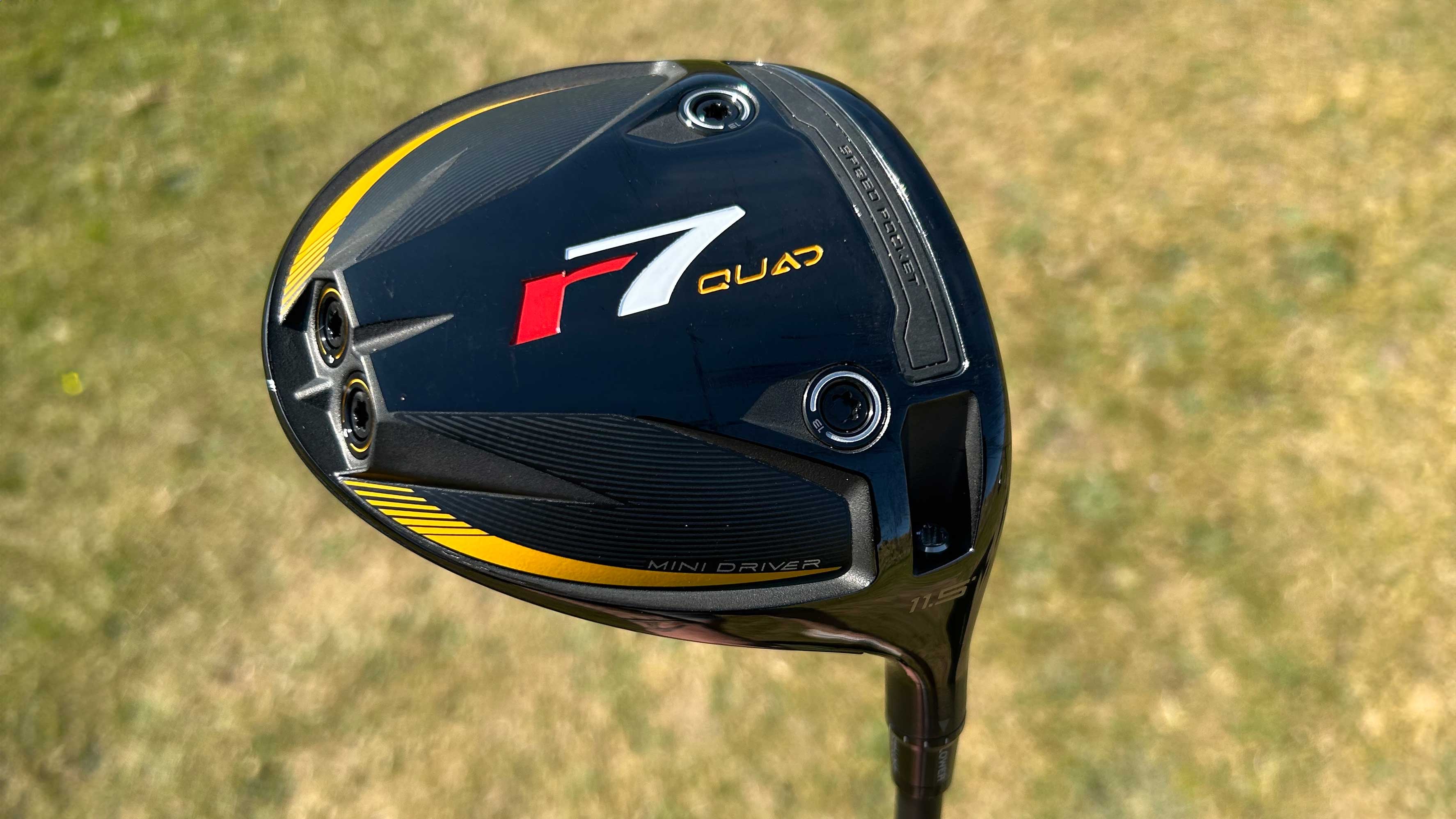 3 Reasons To Add A Mini Driver To Your Golf Bag
3 Reasons To Add A Mini Driver To Your Golf BagThe mini-driver has been popping up in more and more bags on professional tours all around the world in recent months. Could you be missing out if you haven't tried one yet?
By Joe Ferguson
-
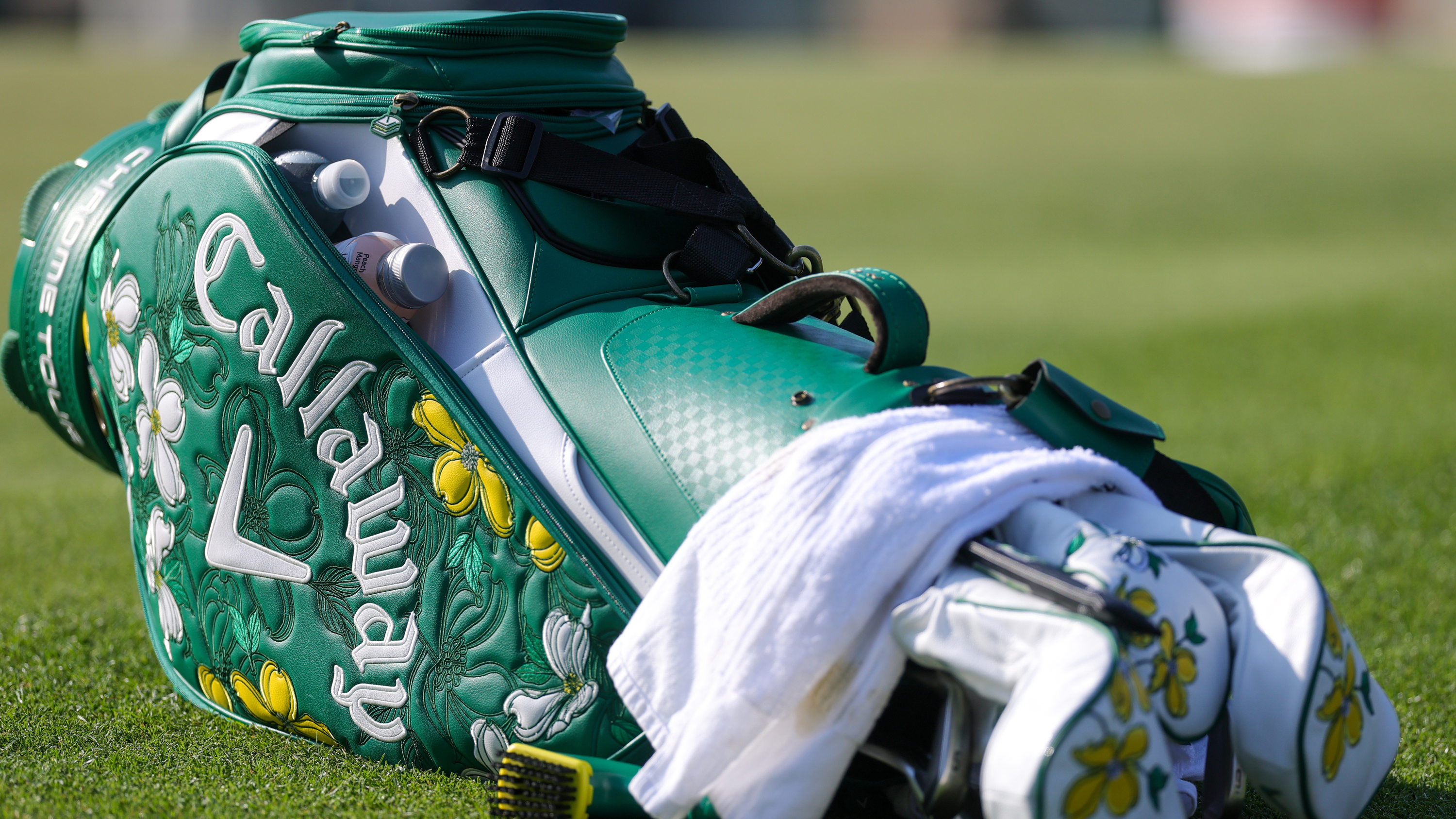 Building The Ultimate Callaway Golf Bag: Our Favourite Clubs From The Brand’s History
Building The Ultimate Callaway Golf Bag: Our Favourite Clubs From The Brand’s HistoryWe select the best and most legendary gear that Callaway has ever produced, from driver right through to putter...
By Fergus Bisset
-
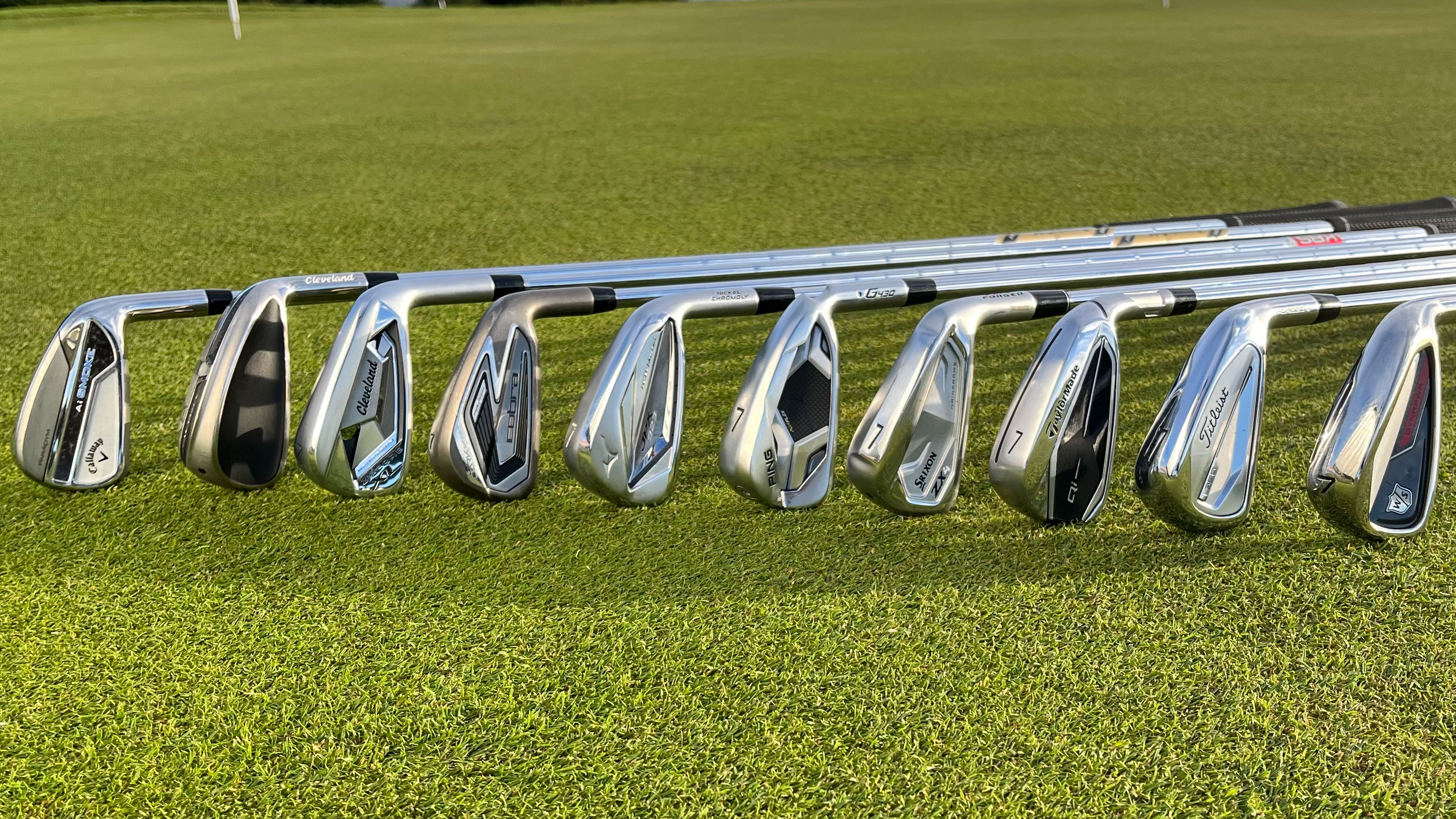 Do You Need Stronger-Lofted Irons? The Arguments For And Against
Do You Need Stronger-Lofted Irons? The Arguments For And AgainstAre you looking for greater distance? We look at the pros and cons of playing irons with stronger lofts
By Michael Weston
-
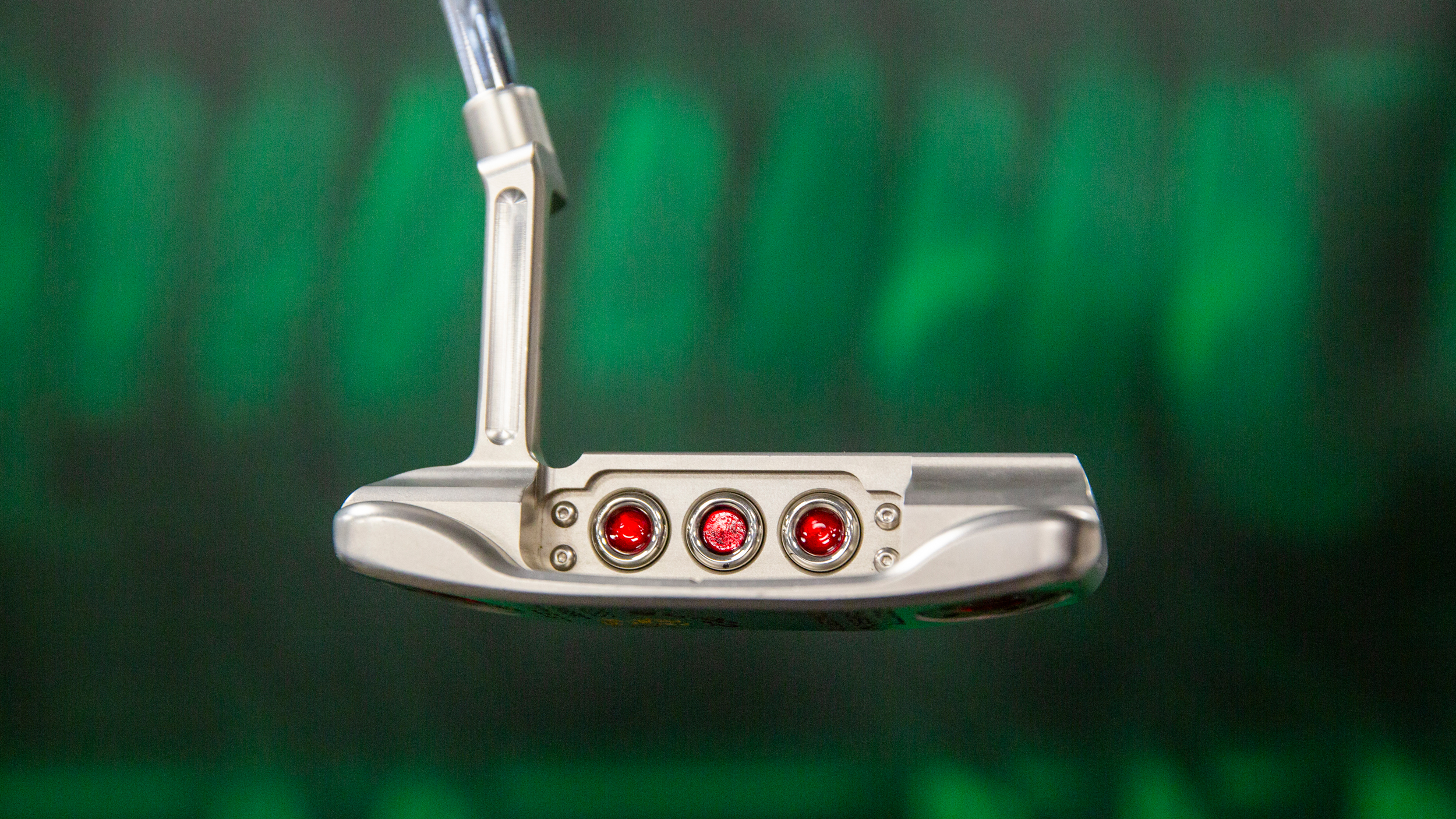 What Is My Putter Worth?
What Is My Putter Worth?Is now the time to part with your flatstick? You might be wondering how much it's worth, but there are many factors to consider that will affect its value...
By Michael Weston
-
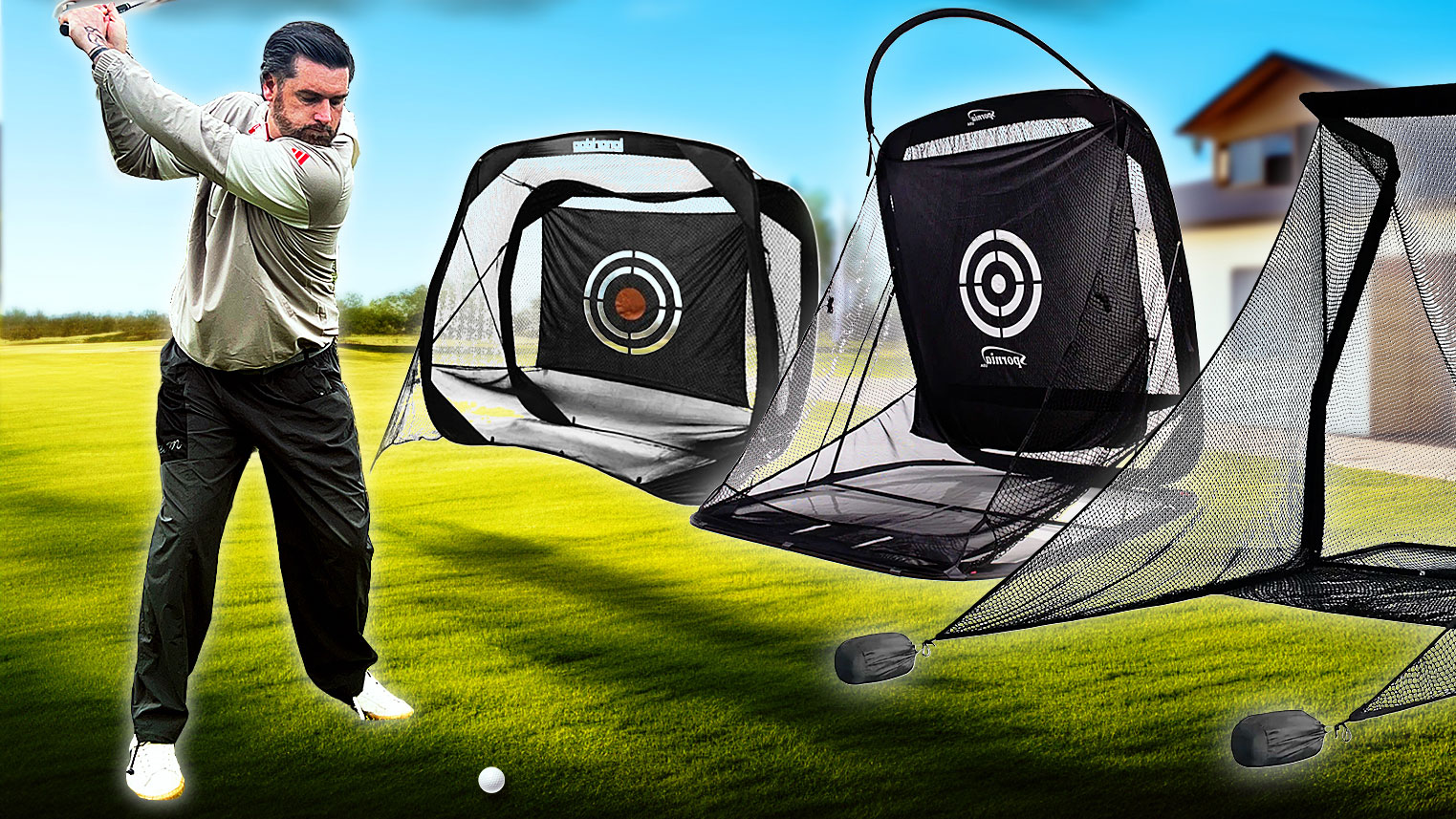 I Tested 5 New Golf Practice Nets And One Really Stood Out
I Tested 5 New Golf Practice Nets And One Really Stood OutJoe Ferguson has been looking at some home practice solutions to see which one might best suit your needs and budget
By Joe Ferguson
-
 The 7 Biggest Golf Gear Trends In 2025
The 7 Biggest Golf Gear Trends In 2025Take a look at the most popular golf equipment trends of 2025 and why your game may benefit from them
By Sam De'Ath
-
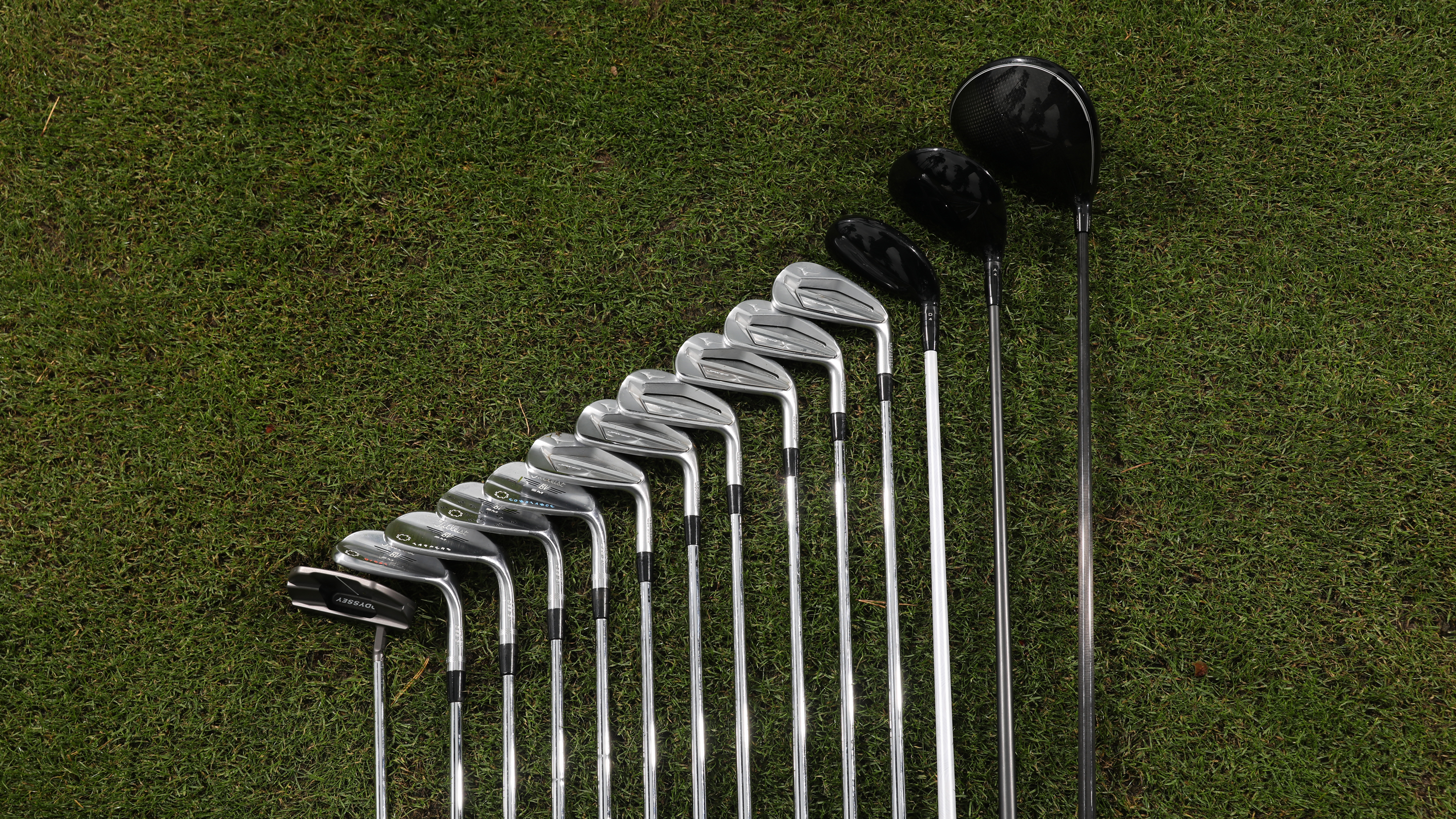 What Club Should Take The 14th Spot In Your Golf Bag?
What Club Should Take The 14th Spot In Your Golf Bag?The Rules say you are allowed to carry 14 clubs so you might as well do so, choosing the right weapon to complete your set-up could change your game.
By Fergus Bisset